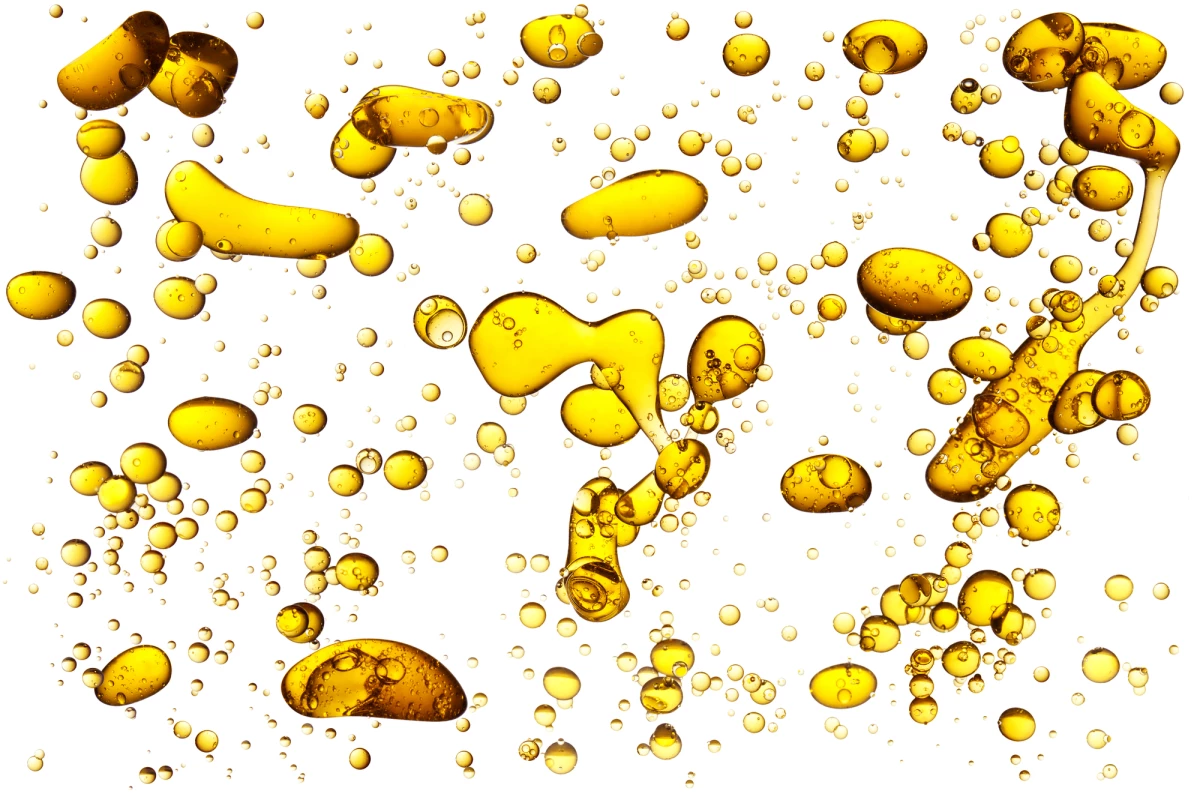In a strange discovery that has implications for air quality and climate models, a team of researchers has found that aerosol particles can contain up to three liquid phases at once.
The air is, of course, not just made up of gas – solid particles and liquid droplets can get swept up in it too. These aerosols change the properties of the air, affecting the climate by absorbing or reflecting sunlight to different degrees, or changing the seeding of clouds. Studying these particles, especially those produced by human activity, is important for predicting future weather and climate changes, as well as possible effects on human health.
Now, scientists have made a surprising discovery about the composition of some of these aerosol droplets. Researchers from the University of British Columbia, the University of California Irvine and McGill University, found that three liquid phases can exist in a single droplet. It’s essentially the mechanism that causes water and oil to separate when mixed, but can also strangely occur in water by itself.
It had long been assumed that aerosol particles only contained one liquid phase, but a 2012 study by the same team uncovered two existing side by side. The team had hypothesized that this was possible, but only in particles with a very specific composition: they would need to be made up of salty water, a material with low polarity, and another with medium polarity.
So to test out the idea, the researchers used a solvatochromic dye, a substance that changes color based on polarity. They used particles with the composition they’d predicted, containing a lubricating oil, inorganic material and oxidized organic material.
And sure enough, when the team injected this dye into these particles, it revealed three different colors, indicating three different liquid phases. All three components in those particles are products of pollution – the oil comes from gasoline vehicles, while the other two materials are produced during fossil fuel combustion.
“We’ve shown that certain types of aerosol particles in the atmosphere, including ones that are likely abundant in cities, can often have three distinct liquid phases,” says Dr. Allan Bertram, an author of the study. “These properties play a role in air quality and climate. What we hope is that these results improve models used in air quality and climate change policies.”
The team says that the work improves our understanding of atmospheric aerosols, which should help guide us towards more accurate models of air quality and climate change. Further work will be needed to investigate the physics of three-phase aerosols and how they might affect things like cloud seeding.
The research is due to be published in the journal PNAS.
Source: University of British Columbia




